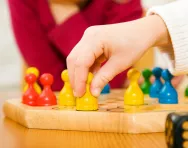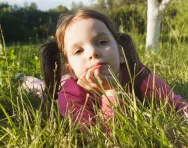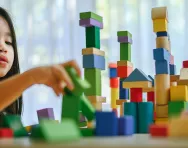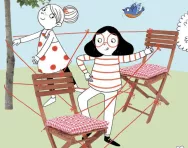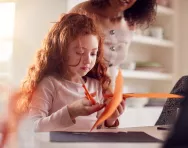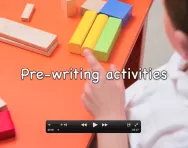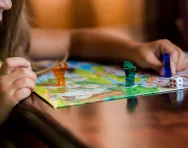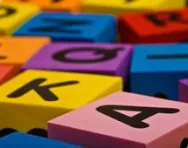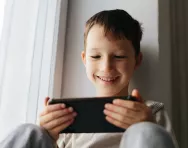Important update from TheSchoolRun
For the past 13 years, TheSchoolRun has been run by a small team of mums working from home, dedicated to providing quality educational resources to primary school parents. Unfortunately, rising supplier costs and falling revenue have made it impossible for us to continue operating, and we’ve had to make the difficult decision to close. The good news: We’ve arranged for another educational provider to take over many of our resources. These will be hosted on a new portal, where the content will be updated and expanded to support your child’s learning.
What this means for subscribers:
- Your subscription is still active, and for now, you can keep using the website as normal — just log in with your usual details to access all our articles and resources*.
- In a few months, all resources will move to the new portal. You’ll continue to have access there until your subscription ends. We’ll send you full details nearer the time.
- As a thank you for your support, we’ll also be sending you 16 primary school eBooks (worth £108.84) to download and keep.
A few changes to be aware of:
- The Learning Journey weekly email has ended, but your child’s plan will still be updated on your dashboard each Monday. Just log in to see the recommended worksheets.
- The 11+ weekly emails have now ended. We sent you all the remaining emails in the series at the end of March — please check your inbox (and spam folder) if you haven’t seen them. You can also follow the full programme here: 11+ Learning Journey.
If you have any questions, please contact us at [email protected]. Thank you for being part of our journey it’s been a privilege to support your family’s learning.
*If you need to reset your password, it will still work as usual. Please check your spam folder if the reset email doesn’t appear in your inbox.
Why jigsaw puzzles are great for kids
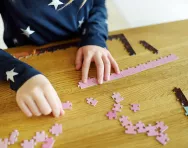
From first wooden puzzles to complex 1000-piece efforts, jigsaws are loved by young and old alike. They’re a great way to pass the time, as many of us have found during lockdown, and also pack a powerful educational punch for kids.
‘There are lots of reasons why jigsaws are great for children,’ says a spokesperson for jigsaw designers Wentworth Puzzles. ‘They help improve hand-eye coordination, fine motor skills, problem-solving and memory, not to mention the fact that they’re great fun.’
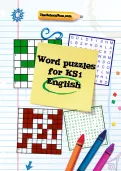
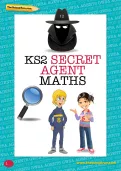
Claim four puzzle packs!
- Word Puzzle Packs
- Numeracy Puzzle Packs
- Challenging and exciting | Boost key skills
What do children learn from doing jigsaws?
Children tend to learn best through play, and jigsaws provide lots of learning opportunities, whatever their age.
According to The Genius of Play, an initiative led by the Toy Association to spread awareness of the benefits of play for child development, doing jigsaw puzzles with your child from a young age stimulates brain development and helps them develop cognitive skills.
‘In the early years, a child’s brain develops at a faster pace than at any other point in their life,’ says Anna Yudina, Senior Director of Marketing Initiatives at the Toy Association. ‘This is the time when they start learning crucial cognitive skills like paying attention, reasoning and remembering things they have learned and experienced.’
Jigsaw puzzles, whether your child is just starting out with help from you or is older and more skilled, give them the chance to put these skills to the test.
‘When they are faced with problems or challenges during play, their reasoning and judgement are tested, which makes them motivated to find a solution,’ Anna explains.
‘You can help them along with the puzzle if they need it, so they can see it through to the end: another important element of cognitive strengthening which helps sharpen their planning skills and attention span.’
Jigsaws have physical benefits, too. They help children develop hand-eye coordination – the ability to connect what they see to what they touch, so they learn to reach, grasp and handle objects based on how they see them. This is vital for many skills including using cutlery, drawing, throwing and catching.
They also help to improve fine motor skills: the small movements of the hand muscles, which are necessary for tasks like handwriting, using scissors, and doing up zips, buttons and shoelaces, all of which will stand them in good stead at school and beyond.
What makes a great children’s jigsaw puzzle?
With such a huge array of jigsaws available, ranging from simple two- and three-piece puzzles to 3D creations and those with completely different pictures from those on the box, it can be hard to know which to choose for your child.
‘A great children’s jigsaw puzzle combines fun and education,’ says Wentworth Puzzles’ spokesperson. You might want to look for:
- Puzzles that match your child’s interests, such as a favourite TV character, animal or theme like space or vehicles.
- A mix of attractive colours with an age-appropriate level of details.
- Pieces that suit their stage of development, such as chunky wooden peg pieces for pre-schoolers or robust cardboard shapes for older children.
- Subjects that tie in with what they’re learning at school, like nature or world maps.
Choosing the right jigsaw for your child’s age and stage
One of the most important things to bear in mind when you’re choosing jigsaws for your child is that it needs to be right for their stage of development.
‘If a jigsaw is too easy, they might become bored, while if it’s too challenging, it will be frustrating for them and may discourage them from trying puzzles again in the future,’ explains Anna.
So how do we make sure a jigsaw is age-appropriate? The clues are often on the box, with information about the number of pieces and an approximate age range, but it’s important to take your own child’s abilities into account, too.
‘Treat the age range on the box as a suggested guideline, rather than a hard and fast rule,’ Wentworth Puzzles’ spokesperson advises. ‘Look not just at the piece count, but also the size of pieces and how they slot together to see if the puzzle will match your child’s current skill level.’
Top tips to help your child get the most from jigsaw puzzles
1. Tap into their interests
‘Choose a puzzle with an image of something they really like, as they will engage with it and enjoy it more if it’s of a subject they find interesting,’ suggests Wentworth Puzzles’ spokesperson.
2. Show them different techniques
Some people like to collect all the edge pieces first and fit them together to make a frame, while others prefer to focus on a particular area of the image at a time.
‘There’s no right or wrong way: it really depends on how your child’s brain works,’ says Anna. ‘My niece and I like to look at the picture on the box and group together similar pieces, by colour or design.’
3. Work together
Doing jigsaws with your child isn’t just about helping them out; it also gives them opportunities to develop important social skills.
‘It can help to hone conversational and communication skills and show them how to work as a team, using each other’s strengths towards a common goal,’ Wentworth Puzzles’ spokesperson explains. ‘It also helps them learn to take turns and share, rather than hoarding all the pieces.’
4. Give them hints if they get stuck…
‘You could give your child a clue by telling them what sort of piece to look for, whether by shape, colour or pattern,’ Anna suggests.
5. …But let them be independent, too
All children need to learn how to solve problems by themselves, so while it’s fun to do jigsaws together, give them time to work through tricky bits independently.
‘As long as your child is safe with the puzzle pieces [i.e. won’t put them in their mouth], let them use trial and error on their own to find out what strategies work for them, which will help them develop confidence and their own unique style,’ says Wentworth Puzzles’ spokesperson.
6. Take brain-refreshing breaks
Children naturally have a short attention span, so if they’re getting frustrated or bored, it’s fine to take some time out.
‘Take a break for a drink and snack or to go outside to refresh their mind,’ Wentworth Puzzles’ spokesperson suggests. ‘If they come back to the puzzle with a clear head, things may fall back into place better, which teaches them patience and not to quit. They can always stop and leave it till another day, too.’
7. Rethink if you need to
Pushing your child to complete a puzzle that they’re really not engaging with could put them off completely, so be prepared to swap to another one if need be.
‘If the pieces are too small for them to grip and handle, or the image is too busy, it may be a good idea to re-evaluate the level of the puzzle they’re doing,’ explains Wentworth Puzzles’ spokesperson.
8. Praise and be patient
Jigsaws should be a pleasure, not a chore, so give your child lots of positive feedback for their effort and achievement.
‘Don’t lose patience, and be sure to offer lots of encouragement and praise when your child matches a new piece,’ says Anna. ‘I always make a point of describing how satisfying it is each time we put in a piece and get nearer to completion.’
12 great jigsaw puzzles for primary school children

Farmyard jigsaw puzzle, six two-piece puzzles, £6.49, Orchard Toys
Age 3-5

Disney Frozen 2 wooden puzzles, three 24-piece puzzles, £11.50, Spin Master
Age 3 - 5

See-Inside Alphabet wooden peg puzzle, 26 pieces, £7.44, Melissa and Doug
Age 3-5

Magic Puzzles Pirate Ship, 50 pieces, £11, Galt
Age 5-7

Unicorn Friends, 50 pieces, £11.25, Orchard Toys
Age 5-7

Jurassic Jumble, 50 or 100 pieces, from £26.50, Wentworth Puzzles
Age 5-7

Where’s Wally? Junior Beach puzzle, 250 pieces, £8.73, Paul Lamond
Age 7-9
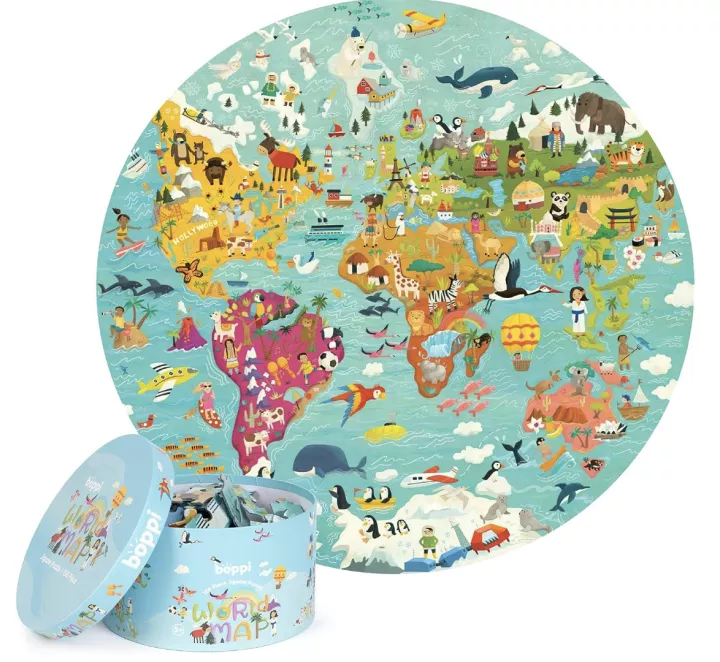
World Map 150 pieces, from £18.99, Boppi
Age 5-8

Harry Potter Panorama Puzzle, 1000 pieces, £7.66, Clementoni
Age 9+

Lamborghini Huracan Evo 3D puzzle, 108 pieces, £29.50, Ravensburger
Age 9+
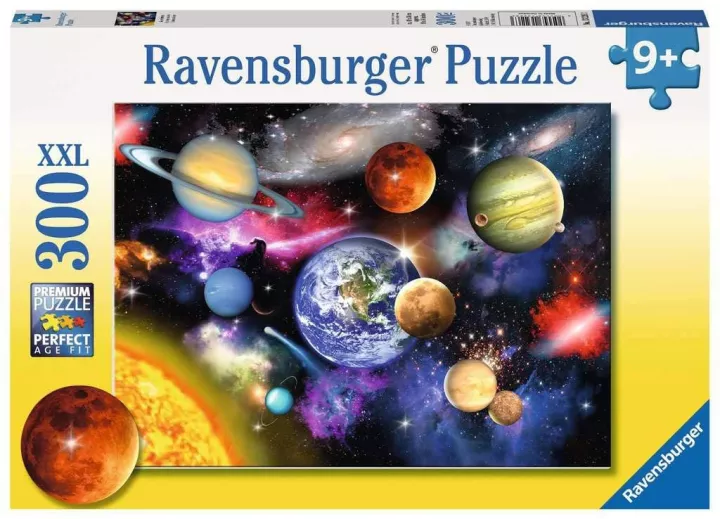
Solar System XXL, 300 pieces, £10.49, Ravensburger
Age 9+
